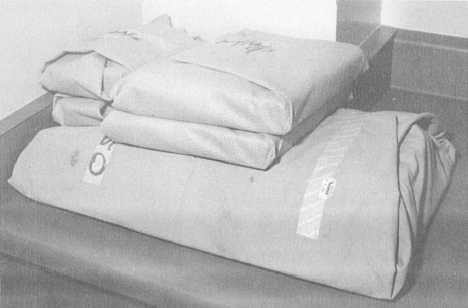
Figure 10-8. - Cloth and nonwoven wraps with external indicator tape.
in dust covers within a few hours after sterilization. If this method is used, the command policy must be clearly defined and consistently used throughout the DTF. When using the event-related method, all sterilizers must be biologically monitored at least weekly.
Sterile Storage
Sterility of dental materials, instruments, and supplies is much harder to maintain than it is to achieve. There is little value in precise sterilization procedures if instruments are contaminated upon completion of the process. Items must be dry before they are handled or stored. The time required for drying depends on the type of packs in the load and the sterilizing agent used. Freshly sterilized items are never placed on metal or cold surfaces. Packages become damp from the condensation that occurs and become contaminated.
All sterile supplies, including sterile reusable dental items, must be stored in a manner that will preserve their sterility until used. The following factors affect this process:
Environmental conditions including cleanliness? proper ventilation, and control of excess heat and humidity are important.
The location where sterile supplies are stored should not be in a manner that may contribute to the increased possibility of contamination. Figure 10-9 shows an acceptable sterile storage cabinet containing sterilized packs and instruments.
Sterile items should not be stored in patient treatment or decontamination areas unless they are protected by enclosures, such as drawers or cabinets.
Sterile and clean patient treatment items may be stored in the same drawers or cabinets, as long as there is no possibility of nonsterile items being used inadvertently when sterility is required.
Sterile items should not be stored with items not intended for clinical use (e.g., office and cleaning supplies).
Items must not be stored on the deck, under sinks, in window sills, adjacent to heating and air conditioning vents, or in any area where undetected contamination may occur.
When storing sterilized items, arrange them according to expiration date, placing items with later dates toward the rear. Check supplies periodically to determine any need for resterilizing. Items must be resterilized if the wrapper becomes wet, if the pack touches the deck, if there is any question of contamination, or if the safe storage period has expired.
STERILIZATION METHODS
Because of the composition of many of the items used in dentistry, no single sterilization method is
Continue Reading